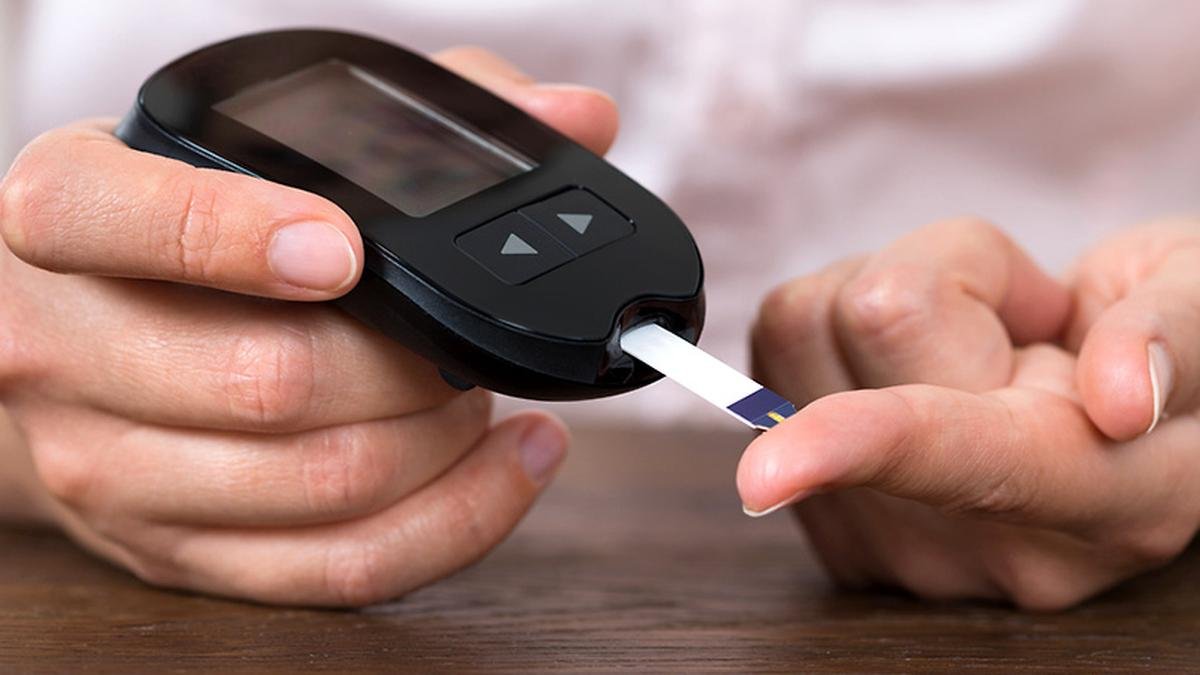A three-step implementation plan that gives thrust to primary prevention of diabetes

Primary prevention is one of the most effective ways to address the growing diabetes epidemic. Photograph used for representational purposes only
| Photo Credit: Getty Images
An expert group has laid down clinical guidelines for clinicians in India and other Southeast Asian regions to implement primary prevention programmes for type 2 diabetes. Drafting a three-step implementation process of screening, diagnosis of intermediate hyperglycaemia and design and delivery of personalised intervention, the experts from different countries have said that the new guidelines present “a simplified yet effective approach” for clinicians to identify, sensitise and treat individuals at high risk of type 2 diabetes.
‘Call to action for clinicians in the South-East Asian regions on primary prevention of diabetes in people with prediabetes – A consensus statement’, which has been published in Diabetes Research and Clinical Practice, puts the emphasis on primary prevention of diabetes. The publication was authored by an international scientific group, with primary contributions from A. Ramachandran and Nanditha of Dr. Ramachandran’s Diabetes Hospital and the India Diabetes Research Foundation, Chennai. Dr. Ramachandran is the hospital’s chairman and managing director and Dr. Nanditha, its director.
Primary prevention is one of the most effective ways to address the growing diabetes epidemic. Dr. Ramachandran and Dr. Nanditha, in an email interview, said that scientists, doctors, and other stakeholders are increasingly concerned about the rising prevalence of diabetes, particularly among the Indian population. Asian Indians, as an ethnic group, face a higher risk of developing diabetes, even at lower levels of obesity and with fewer traditional risk factors. Randomised control trials have shown that primary prevention of diabetes or delaying its onset is achievable through lifestyle modifications. Additionally, certain pharmacological interventions, such as metformin, have proven effective. Together, lifestyle changes and targeted medications represent the most cost-effective strategies for diabetes prevention and to handle the epidemic of diabetes.

The three-step plan
The consensus statement outlines a three-step plan. Screening to identify high-risk individuals using a non-invasive risk score assessment prior to a blood test is the first step. Validated risk scores are available for Asian Indians and other ethnicities. This, the article said, is an efficient method in terms of time and cost to detect people with prediabetes. In addition to the risk score, factors such as history of prediabetes, history of gestational diabetes, polycystic ovarian syndrome, history of hypertension and low birth weight should be taken into consideration while determining the risk of an individual for diabetes.
Diagnosis of prediabetes/intermediate hyperglycaemia is the second step. This will look at certain specified criteria to confirm the presence of intermediate hyperglycaemia/prediabetes. This includes fasting plasma glucose of 110 to 125 mg/dL or HbA1c of 6.1% to 6.4%.
Devising the strategy for primary prevention comes next. In this, diet, physical activity and medication play a crucial role. This includes a healthy meal plan for weight management enriched with macro and micronutrients, moderate intensity exercise and strength training for weight management and initiation of medication if hyperglycaemia or weight loss cannot be achieved with lifestyle changes alone, the article says.
The expert group noted that recommendations provided on dietary intake and physical activity can be tailored by the clinician to suit individual needs.

What are the next steps?
The doctors said that currently, the majority of individuals with diabetes are treated by family physicians and general practitioners. These healthcare providers have access to populations at high risk of diabetes, particularly the relatives of patients already diagnosed with the condition, making them well-positioned for screening efforts. However, awareness about primary prevention of diabetes remains limited among primary care physicians, despite their familiarity with preventive measures for infectious diseases, such as vaccination programmes.
During a meeting of health scientists, a consensus emerged that raising awareness among primary care physicians is one of the most effective strategies for implementing primary prevention in a developing country like India. This article, they said, aims to provide information on screening methods to identify individuals at high risk of diabetes and outlines strategies for preventing the disease in such populations.
“We believe that this approach represents one of the best and most feasible first steps toward reducing the incidence of diabetes in India. Primary care physicians, who have access to high-risk populations in both urban and rural areas, are uniquely positioned to play a pivotal role in this effort,” the doctors added.
Published – February 05, 2025 05:08 pm IST



Post Comment